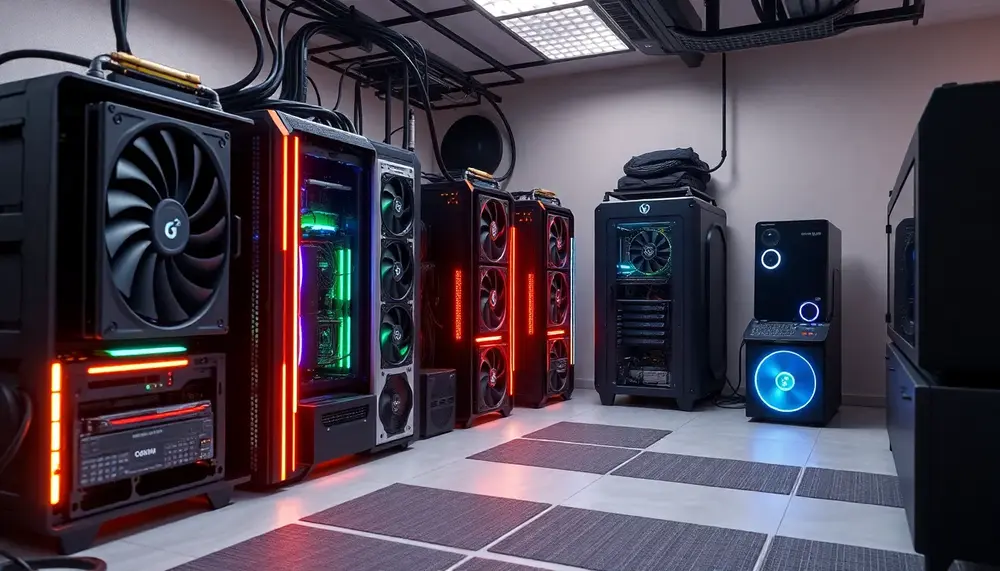Mining Pool
Mining Pool
What is a Mining Pool?
A Mining Pool is a crucial term in the world of Bitcoin mining. In simple terms, a Mining Pool refers to a group of Bitcoin miners who have decided to combine their computing power over a network. The main aim is to enhance their chances of solving the complex mathematical problems that underpin the creation of new Bitcoin.
The Concept of a Mining Pool
Think of a Mining Pool as a team of miners working together. These miners use their collective computing power to solve complex cryptographic problems. Why join a Mining Pool? Well, the answer lies in the increased chances to earn Bitcoin rewards. In a Mining Pool, any reward from the mined Bitcoin block is split among the pool participants. This split is based on the amount of 'hash power' each member contributed to solving the block.
Why Join a Mining Pool?
Bitcoin mining is a competitive business. The mathematical problems involved are challenging, and the odds of a single miner unlocking a Bitcoin block on their own is low. By joining a Mining Pool, miners increase their chances of earning rewards. As the saying goes, 'There's strength in numbers'.
Types of Mining Pools
There are various types of Mining Pools. The most common include Pay-per-Share (PPS), Proportional (PROP), and Score Based (SCORE). The type of Mining Pool one decides to join often depends on factors like cost, the pool’s reputation, and the pool's size. It's always advisable to do your research before joining a pool.
How to Join a Mining Pool?
Joining a Mining Pool is fairly simple. You will need suitable hardware and Mining Pool software. Then, you sign up for a Mining Pool of your choice and follow their set rules. Keep in mind, though, that each Mining Pool has its unique ways of distributing rewards and fees. Always ensure you're comfortable with the terms and conditions before joining.
The Downside of a Mining Pool
While joining a Mining Pool can increase chances of earning Bitcoin, it's not without potential downsides. When you join a Mining Pool, you share the rewards with other miners. If you have a high computing power, you may find that solo mining offers you a larger reward. Besides, Mining Pools may have fees, leading to reduced profits. Furthermore, some pools may have more downtime due to server issues, which can impact mining hours.
In Summing Up...
The concept of a Mining Pool is an integral part of Bitcoin mining, offering miners increased chances of earning Bitcoin rewards. But as with any investment, it's vital to undertake thorough research and weigh the pros and cons before diving in.
Blog Posts with the term: Mining Pool

This guide simplifies Monero solo mining with XMRig, covering setup and optimization to mine efficiently. It explains the benefits of using XMRig, necessary hardware requirements, and how to set up a Monero wallet for secure fund management....
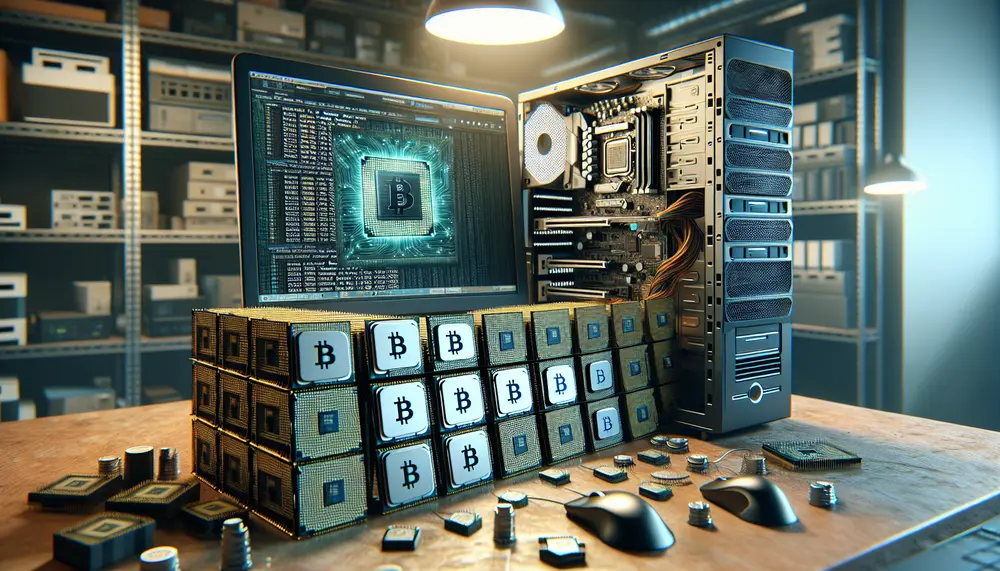
Monero mining with CPUs is accessible and cost-effective due to the RandomX algorithm, which optimizes CPU performance over GPUs; top processors include AMD Ryzen 9 3950X and Intel Core i9-10900K. Benchmarking involves measuring hash rates and power consumption using software...

Cloud mining allows individuals to lease processing power from remote data centers for cryptocurrency mining, offering convenience and lower upfront costs but potentially reduced earnings and risks of scams. Hardware mining involves owning equipment with greater control and profit potential...

This guide provides a comprehensive overview of setting up an Ethereum mining rig, covering essential components like GPUs and motherboards, as well as key concepts such as Proof of Work (PoW) and hashrate. By the end, readers will understand how...
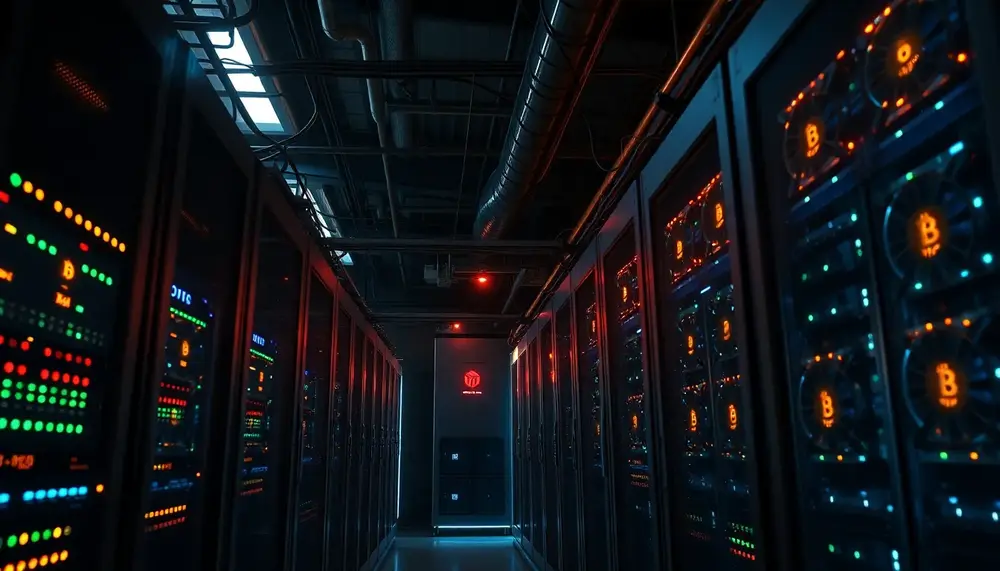
A mining pool is a collaborative group of miners who combine their computational resources to increase the likelihood of successfully mining cryptocurrency blocks and sharing rewards, essential due to the high power demands that make solo mining nearly impossible. Setting...

Mining XRP directly is not possible; instead, miners can earn XRP by mining other cryptocurrencies and exchanging them for XRP. This guide covers setting up a secure wallet, choosing the right software like Unmineable or NiceHash, and configuring your mining...
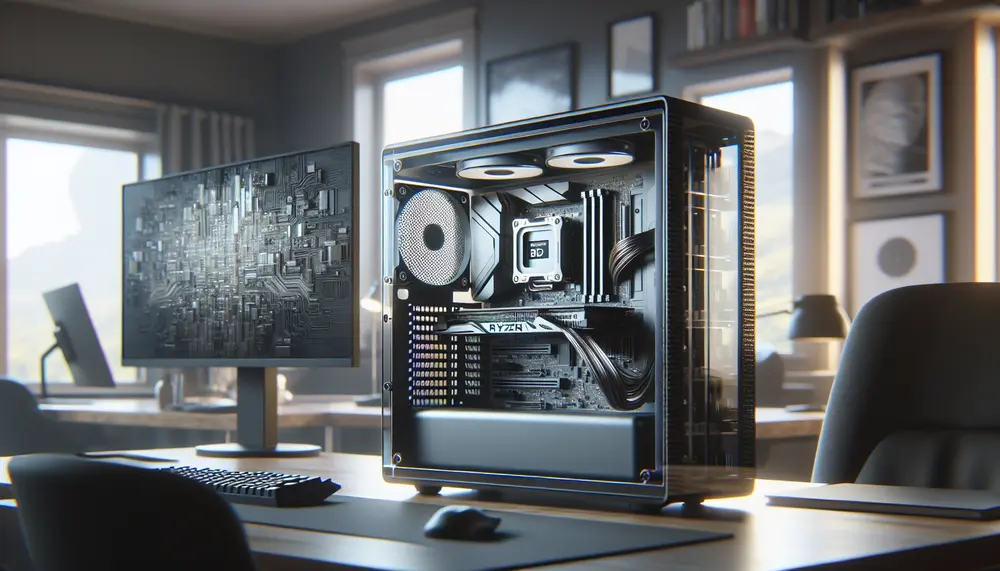
Monero mining on AMD Ryzen CPUs is popular due to their high performance and efficiency; this article provides a guide for optimizing these processors, covering hardware selection, BIOS settings, and software configuration to maximize mining profitability. Key considerations include core...

Bitcoin mining pools are groups of miners who combine their computing power to mine Bitcoin blocks and share the rewards. Joining a mining pool increases the frequency of payouts and reduces the volatility of the mining process, making it a...
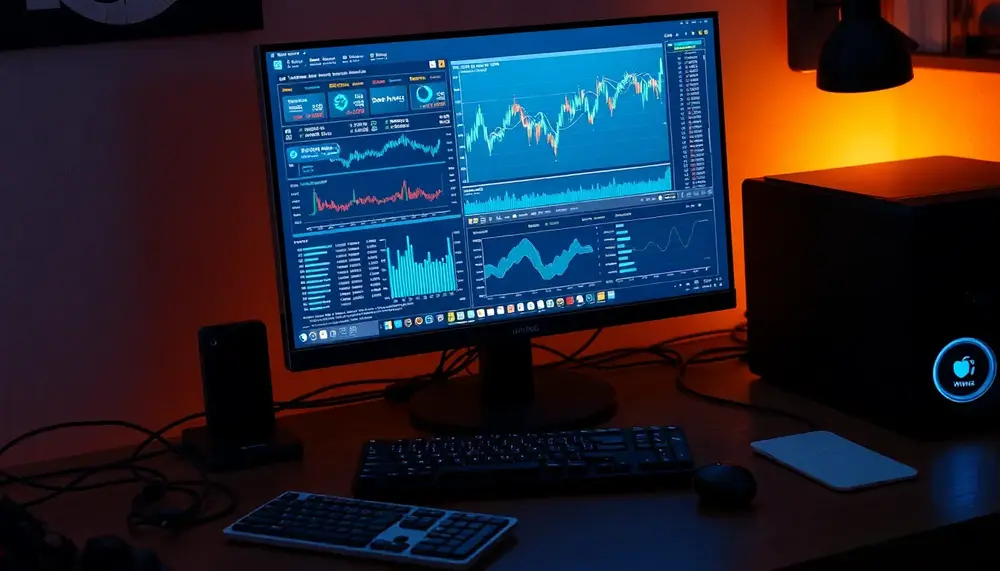
Setting up a mining pool involves configuring the correct URL and port settings to ensure efficient and secure operations, with considerations for cryptocurrency type, geographical location of pools, reputation, fees, supported coins, and security protocols. Understanding commonly used ports like...

Crypto mining on a Mac is possible but requires careful planning due to hardware limitations and software compatibility issues. To optimize performance, choose the right mining software like CGMiner or MacMiner, manage background processes, update your system regularly, and consider...

Mining USDT in Trust Wallet is a straightforward process that involves setting up the wallet, funding it with USDT, and connecting to a reputable mining pool. Trust Wallet's user-friendly interface, robust security features, and wide compatibility make it an excellent...

Choosing between mining pools and solo mining involves weighing the benefits of shared resources, steady income, and community support against the autonomy, full reward retention, and privacy offered by going it alone; each option has its own set of challenges...

This guide provides a comprehensive overview of the USDT mining miner withdrawal process, from setting up your mining account to ensuring secure and efficient withdrawals. It includes detailed steps for initiating withdrawals, troubleshooting common issues like delays or incorrect wallet...
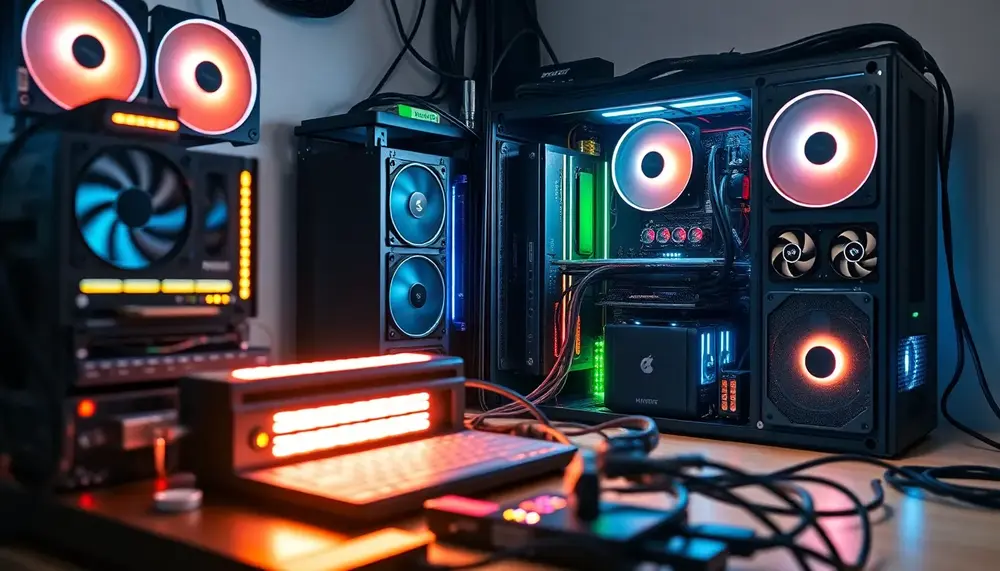
Setting up a crypto mining server involves selecting optimal hardware like GPUs or ASICs, building infrastructure with adequate power and cooling, installing suitable software, and ensuring legal compliance for efficient operations. This process requires careful planning to optimize performance while...

